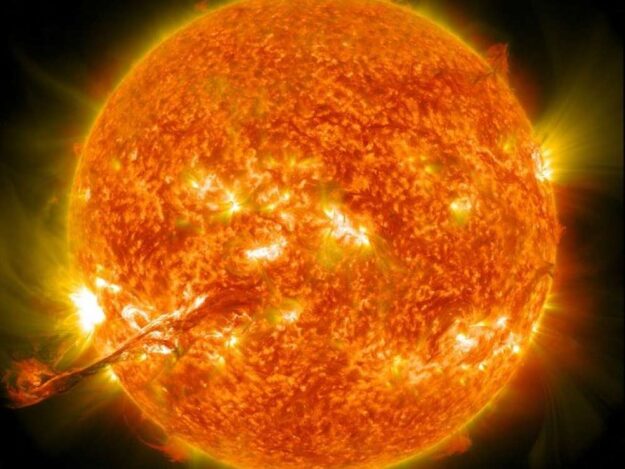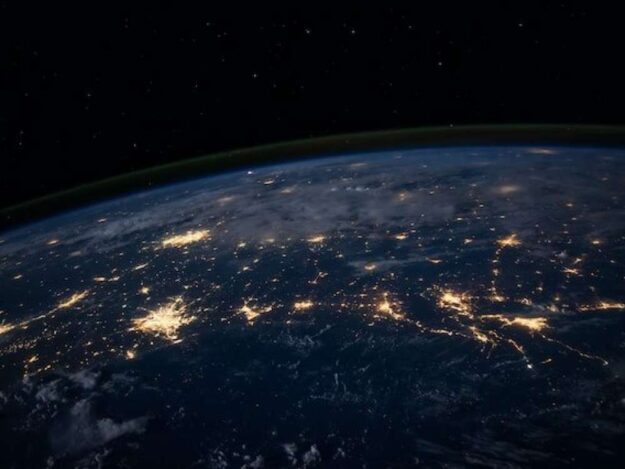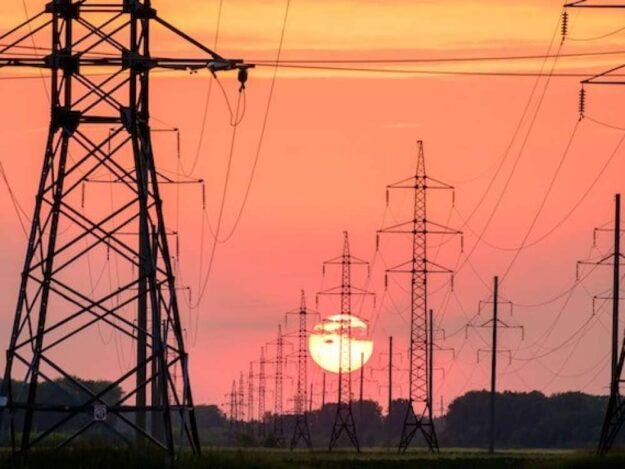The Sun, our nearest star, plays a crucial role in shaping our solar system. It undergoes various cycles of activity, one of which is known as the solar maximum. If you’ve ever wondered what the solar maximum is and how it impacts us on Earth, you’ve come to the right place. In this beginner’s guide, we’ll explore the solar maximum, its significance, and its effects on our planet.
What is the Solar Maximum?
The solar maximum refers to a period in the Sun’s 11-year cycle of activity when solar events, such as sunspots and solar flares, reach their peak. During this phase, the Sun’s magnetic field is highly active, resulting in increased sunspot numbers and heightened solar activity. Scientists use a variety of indicators, such as the number of sunspots, to determine the intensity of the solar maximum.
Sunspots and Solar Flares:
Sunspots are dark regions on the Sun’s surface caused by intense magnetic activity. They appear as cooler areas compared to their surroundings but are still incredibly hot. During the solar maximum, sunspots become more frequent and larger in size. Solar flares, on the other hand, are explosive releases of energy from the Sun’s atmosphere. These bursts of energy can release enormous amounts of radiation and charged particles into space.
Effects on Earth:
While the solar maximum primarily affects the Sun, its effects can extend to Earth in various ways. Here are a few notable impacts:
1. Aurora Borealis and Aurora Australis:
The increased solar activity during the solar maximum leads to the release of charged particles into space. When these particles interact with the Earth’s magnetic field, they can cause breathtaking displays of light in the polar regions, known as the Northern Lights (Aurora Borealis) in the Northern Hemisphere and the Southern Lights (Aurora Australis) in the Southern Hemisphere.
2. Communication and Satellite Interference:
Solar flares and other solar events during the solar maximum can release high-energy particles and electromagnetic radiation. These particles can interfere with radio communications and disrupt satellite operations. Airplanes flying near the poles may also experience communication issues due to the auroral activity.
3. Power Grid Instability:
Intense solar activity can induce geomagnetic storms on Earth. When these storms interact with power grids, they can cause fluctuations in electrical currents, potentially leading to power outages. To mitigate the effects, power grid operators closely monitor space weather during the solar maximum.
4. Impact on Spacecraft and Astronauts:
Solar flares emit harmful radiation that can be dangerous to astronauts and sensitive spacecraft electronics. During the solar maximum, space agencies take extra precautions to protect astronauts and spacecraft by monitoring solar activity and implementing safety protocols.
The solar maximum is a fascinating and dynamic phase in the Sun’s 11-year activity cycle. Understanding its effects can help us appreciate the interconnectedness between our Sun and Earth. From stunning auroras to potential disruptions in communication and power grids, the solar maximum reminds us of the Sun’s immense power and its influence on our daily lives.
As we continue to study and monitor the solar maximum, scientists strive to improve our understanding of space weather and develop strategies to mitigate its impacts. The next time you witness a mesmerizing aurora or experience a brief radio interruption, remember that it’s all part of the fascinating solar maximum phenomenon unfolding millions of miles away in the heart of our Sun.











